The Iran visa on arrival (VOA) is available for most nationalities, excluding US, British, and Canadian citizens. This 30-day electronic visa has been a game-changer since its introduction, encouraging more tourists to explore Iran’s rich culture and history. Since late 2018, Iran no longer stamps passports or affixes visas upon entry in response to US sanctions, offering travelers additional peace of mind.
Upon arrival at major international airports, you can apply online and collect your visa. This straightforward process makes your journey to Iran smooth and convenient, allowing you to focus on enjoying your adventure.
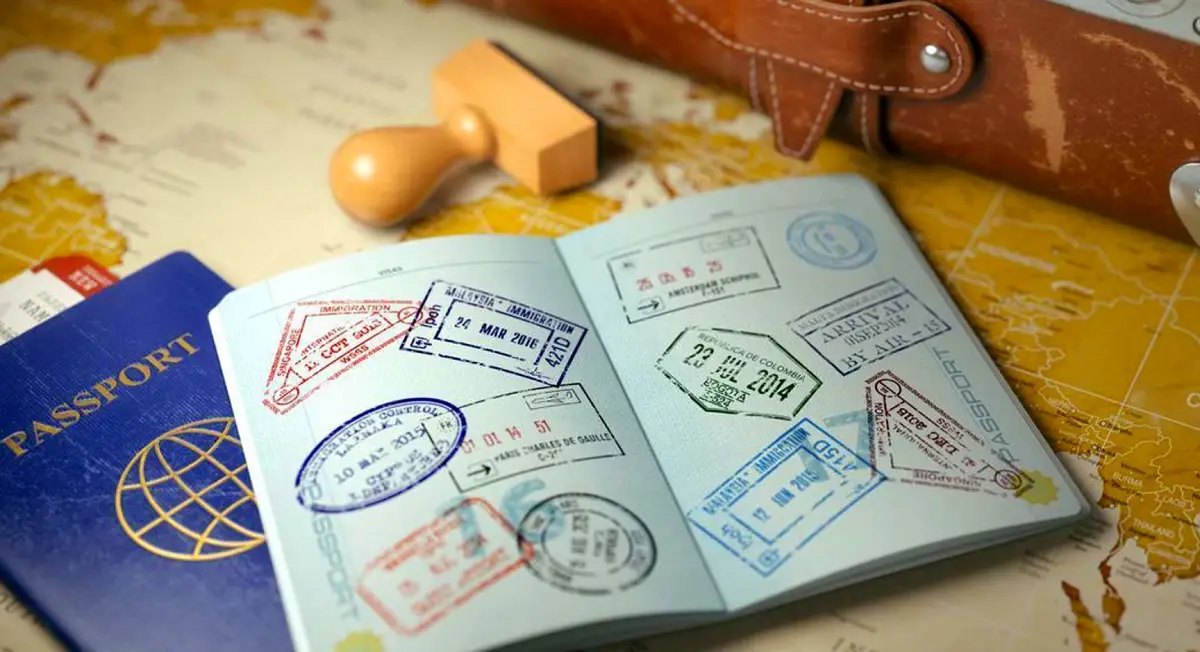
Types of Iran Visas
When planning your trip to Iran, it’s important to know the different types of visas available to suit various travel purposes. Here’s a quick guide to help you choose the right one:
Tourism (Leisure) Visa: Designed for travelers worldwide, allowing exploration for up to 45 days, extendable to 90 days.
Medical (Treatment) Visa: For patients seeking affordable medical and cosmetic treatments, including procedures like nose jobs, dental work, hair transplants, etc., offered by certified facilities with world-class services.
Student (Academic) Visa: This visa is intended for students, researchers, and scholars planning to study for one or more semesters and requires a Certificate of Eligibility for Nonimmigrant Student Status from relevant authorities.
Transit (Transport) Visa: For travelers passing through Iran, typically with their vehicles, they are issued for 5-7 days and require entry and exit via different countries.
Work (Labor) Visa: This visa is for individuals working with or establishing companies in Iran for at least one year.
Business (Entry) Visa: This visa is meant for businessmen, conference attendees, or professional athletes and requires an invitation letter from the hosting organization.
Pilgrimage (Ziarat) Visa: This is specifically for Muslims visiting Iranian holy sites, while non-Islamic pilgrimage sites fall under regular tourist visas.
Press (Media) Visa: For Filmographers, directors, producers, or press members coming on official assignments.
FIFA (World Cup) Visa: This visa is exclusive to World Cup attendees and allows a visa-free stay of up to 20 days before or during the games.
All tourist visas for Iran are single-entry, which means you can enter the country once with that visa. However, multiple-entry visas are available for business and student travelers.
Explore our online visa services – it’s simple and with no risk of rejection. Contact us via the chat icon at the bottom right or email us at [email protected] for more information.
Who Can Apply for a Visa on Arrival in Iran?
If you’re planning a trip to Iran, you might be eligible for a visa on arrival, but this option isn’t available to everyone. Here are the key points you need to know:
You can apply for a visa on arrival if it is for tourism, pilgrimage, and entry purposes only. However, if you’re a journalist, athlete, or investor, you’ll need to apply for a different type of visa that matches your purpose of travel.
Certain nationalities are not eligible for a visa on arrival. This includes USA, UK, Canada, Colombia, Somalia, Bangladesh, Jordan, Iraq, Afghanistan, Pakistan, and India citizens. If you’re from one of these countries, you must apply for a visa before entering Iran. Additionally, Israeli citizens are banned from entering Iran.
For other nationalities, you can apply for a visa on arrival unless you’re from a country that doesn’t require a visa to enter Iran. For a full list of these countries and the allowed duration of stay, check out our article “Exploring Iran Easier with Visa Exemptions.” You can also find visa costs for each country on this page.
If you’re applying for a visa on arrival for the second time, you should do so through a travel agency recommended by Iran’s Ministry of Foreign Affairs. This reduces the risk of rejection, which can be higher, especially post-pandemic. Our blog post lets you explore complete information about reasons for visa rejection.
Given the possibility of rejection, we strongly recommend using the eVisa system or a reliable travel agency to process your visa. This ensures your application has a high chance of approval, typically within three to five working days.
If you can’t find the visa type that fits your needs on the eVisa website, you can always check Iran’s Ministry of Foreign Affairs website. If you’re still unsure, our travel agency, Visit Our Iran, can help you with your visa application. Our experienced support team is here to assist you every step of the way.
Once you’ve applied, you can check the status of your application on Iran’s eVisa website by entering your application ID, passport number, and email.
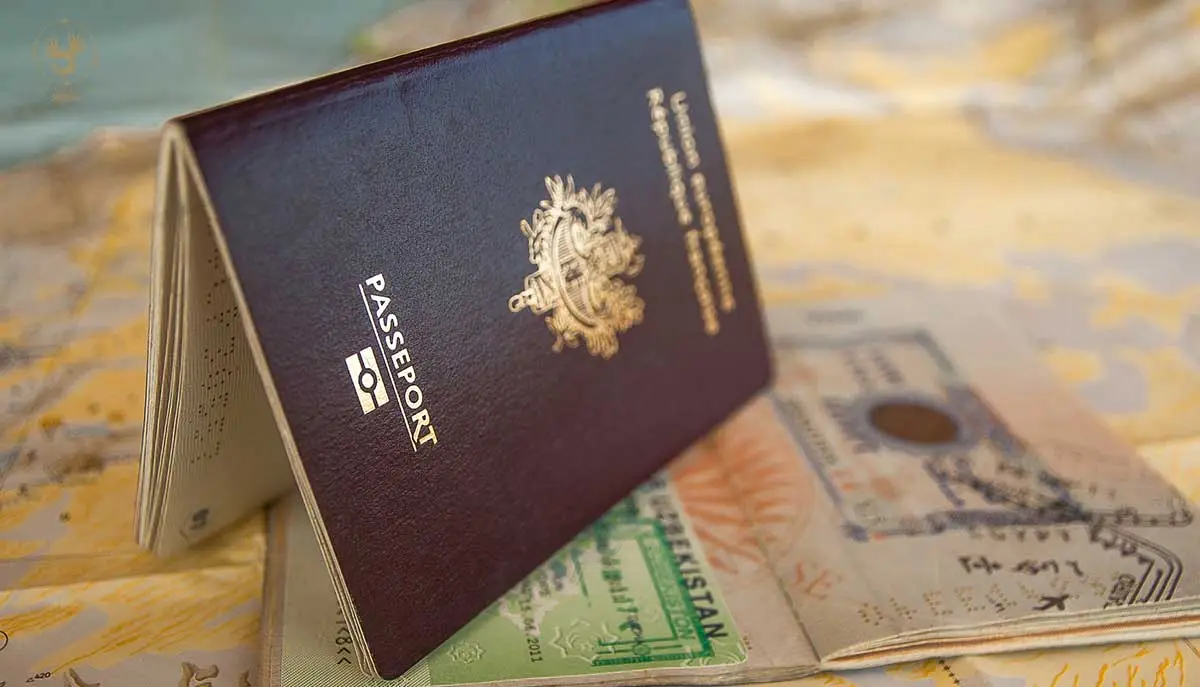
Airport Options for Visa on Arrival in Iran
Regarding obtaining a visa on arrival, certain airports in Iran offer this service. Below is a list of airports in Iran where you can apply for a visa on arrival:
| Airport Name | Location |
| Imam Khomeini International Airport | Tehran |
| Kish International Airport | Kish |
| Qeshm Dayrestan International Airport | Qeshm |
| Bushehr Airport | Bushehr |
| Shiraz International Airport | Shiraz |
| Tabriz International Airport | Tabriz |
| Hashemi Nejad International Airport | Mashhad |
| Bandar Abbas International Airport | Bandar Abbas |
| Kerman International Airport | Kerman |
| Isfahan International Airport | Isfahan |
| Mehrabad International Airport | Tehran |
| Urmia Airport | Urmia |
| Ahvaz International Airport | Ahvaz |
| Larestan International Airport | Lar |
While these airports offer the convenience of Visa on Arrival services, we recommend applying for your visa at least two weeks before entering Iran to ensure a smoother travel experience.
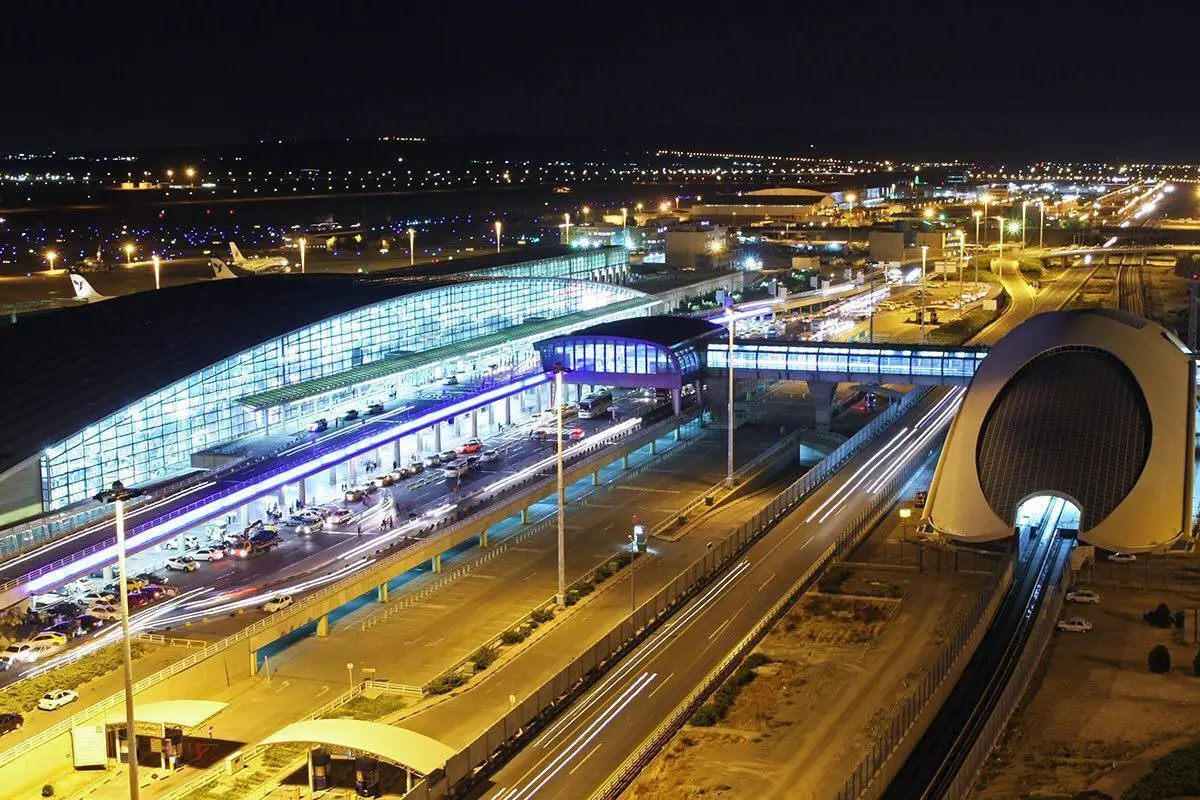
Visa on Arrival at Land Borders
When crossing into Iran through land borders, it’s important to note that the Visa on Arrival option is unavailable. This means that regardless of your mode of transportation, whether by car or bus, you cannot apply for a VoA.
Iran Visa on Arrival Exceptions
Regarding Iran Visa on Arrival, there are exceptions you need to know about. Citizens of 10 countries must obtain their visas before arrival and are not eligible for an e-VOA. These countries include Afghanistan, Bangladesh, Canada, Colombia, Iraq, Jordan, Pakistan, Somalia, the United Kingdom, and the United States.
If you’re a citizen of Afghanistan or Bangladesh residing in your own country, you’ll need to apply directly for a visa via the MFA e-visa website and collect it from an Iranian Embassy or Consulate in your country. Citizens of Colombia, Iraq, Jordan, Pakistan, and Somalia can apply online through authorized travel agencies to obtain their visas.
For citizens of Canada, the UK, and the USA, entry into Iran is only permitted as part of an authorized and managed tour. They must receive their visas from authorized travel agencies, which may require additional authorizations, making the process longer than other citizens.
Additionally, citizens of 28 countries do not need a visa to enter Iran and can stay for a specified time. These countries are India, United Arab Emirates, Bahrain, Saudi Arabia, Qatar, Kuwait, Indonesia, Brunei, Japan, Singapore, Cambodia, Vietnam, Brazil, Peru, Cuba, Mexico, Bosnia and Herzegovina, Serbia, Croatia, Belarus, Uzbekistan, Kyrgyzstan, Tunisia, Mauritania, Tanzania, Zimbabwe, Mauritius, and Seychelles.
Iran Visa on Arrival Restrictions
Certain restrictions apply to Iran’s Visa on Arrival (VOA). The e-VOA is specifically for tourism, pilgrimage, and entry purposes. If you have any other intentions for your visit, you must apply for the relevant visa before arriving in Iran.
According to the Ministry of Foreign Affairs, the e-VOA will be refused for the following individuals: journalists or reporters traveling for work purposes, holders of diplomatic or service passports, and those whose applications for an Iranian visa were previously refused.
Additionally, there are stricter regulations for citizens of Sri Lanka, Nepal, and African countries. They must bring their visa approval in the form of the Iran Visa Authorization Code or provide strong documents to convince visa officers that their visit is solely for tourism or pilgrimage purposes.
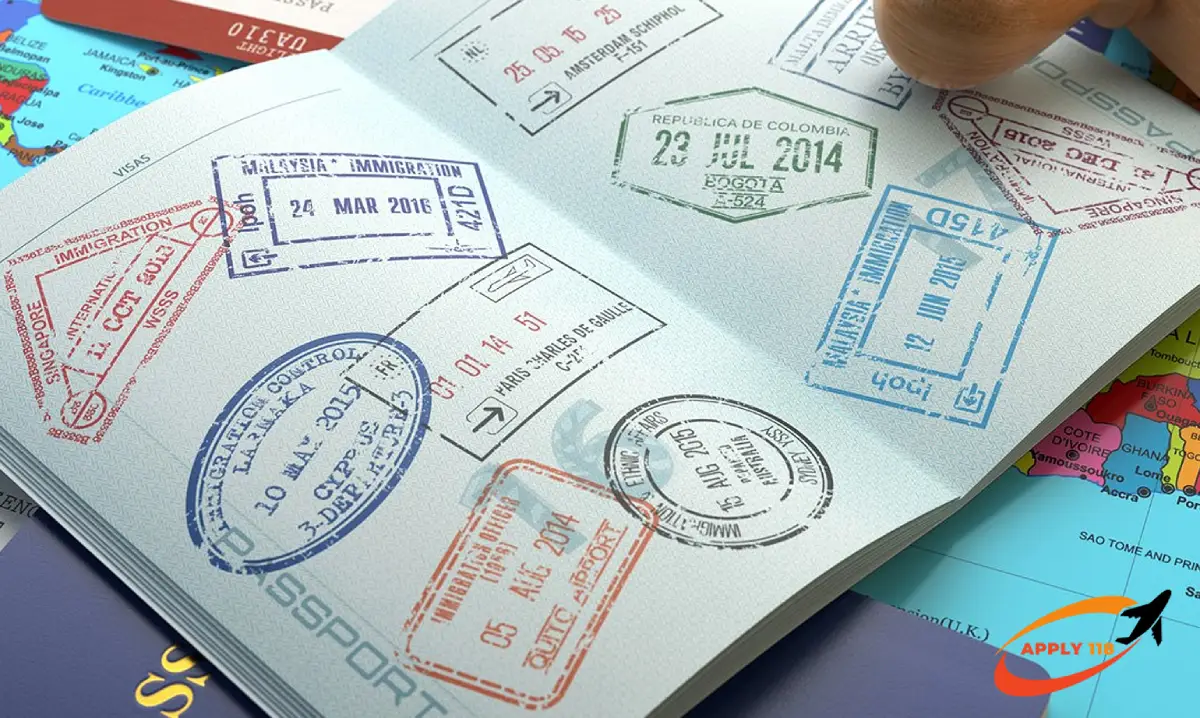
Iran Visa on Arrival Requirements
When it comes to obtaining your Iran e-visa on arrival, there are specific requirements you need to meet. Firstly, you must possess a travel document, such as a passport, valid for at least six months. You’ll need to apply online for the visa before your departure and ensure you have received your Visa Authorization Code.
It’s also mandatory to have valid travel insurance for your trip to Iran. Lastly, you must be prepared to pay the Iran visa fees in cash.
Iran Visa Extension
To extend your visa, you can go to the Passport Immigration Police or the Police Department of Aliens Affairs (Edareh Gozarnameh) in your city. There, you can submit 2-3 passport photos, 2 passport copies, your current Visa Authorization Code, any previous extensions, and application fees.
Processing takes 3-7 business days, excluding Thursdays and Fridays. Don’t forget to apply 2-3 days before your visa expires.
Iran Visa on Arrival Fees
Obtaining an Iran Visa on Arrival involves three associated fees. Firstly, there’s the fee for obtaining the authorization code for visa approval, which you can apply online through Visit Our Iran’s visa page, paying only 15 euros.
The second fee is paid to the Iranian embassy in your country or at the airport upon arrival (in cash), depending on your nationality, the requested visa type, the number of entries, and the validity duration of your visa.
Thirdly, travel insurance is a requirement for obtaining your Iran visa. You won’t incur any additional fees if you already have valid insurance. However, if you need to purchase travel insurance, you can do so online through Visit Our Iran’s online travel insurance services system.
For more information about Iran visa fees, check our our blog post “A Comprehensive Guide to Iran Visa Application Costs for Travelers.”
Iran Visa on Arrival Essential Tips
When you’re planning to obtain an Iran Visa on Arrival, some tips can help streamline the process.
Firstly, be prepared for the waiting time upon arrival. It typically ranges between 30 minutes to 1 or 2 hours, depending on the number of applicants. However, it may take longer to be confirmed and issued if you haven’t applied online for your visa before arrival.
Adhere to the dress code when entering Iranian international airports. As Iran is a Muslim country, there are special dress codes that you must observe. Women are required to wear hijab in public areas, covering their hair with a scarf or shawl.
Another important tip is to print your visa approval before arrival. Free WiFi internet may not always be available at arrival halls at Iranian airports, making it difficult to download your visa grant notice from your email attachment. While the visa police may only require your passport, printing your required documents, such as the visa grant notice or visa submission notice, before your departure to Iran is recommended.
Additionally, ensure that you have an appropriate picture for your Iran visa. If you’ve applied online and received your visa grant notice, the picture on your visa approval will be printed on your e-visa. However, if you’re trying to get a visa on arrival and haven’t applied online before departure, it’s better to bring a recent photo. While some visa offices may have digital cameras to take your photo, this is not guaranteed.
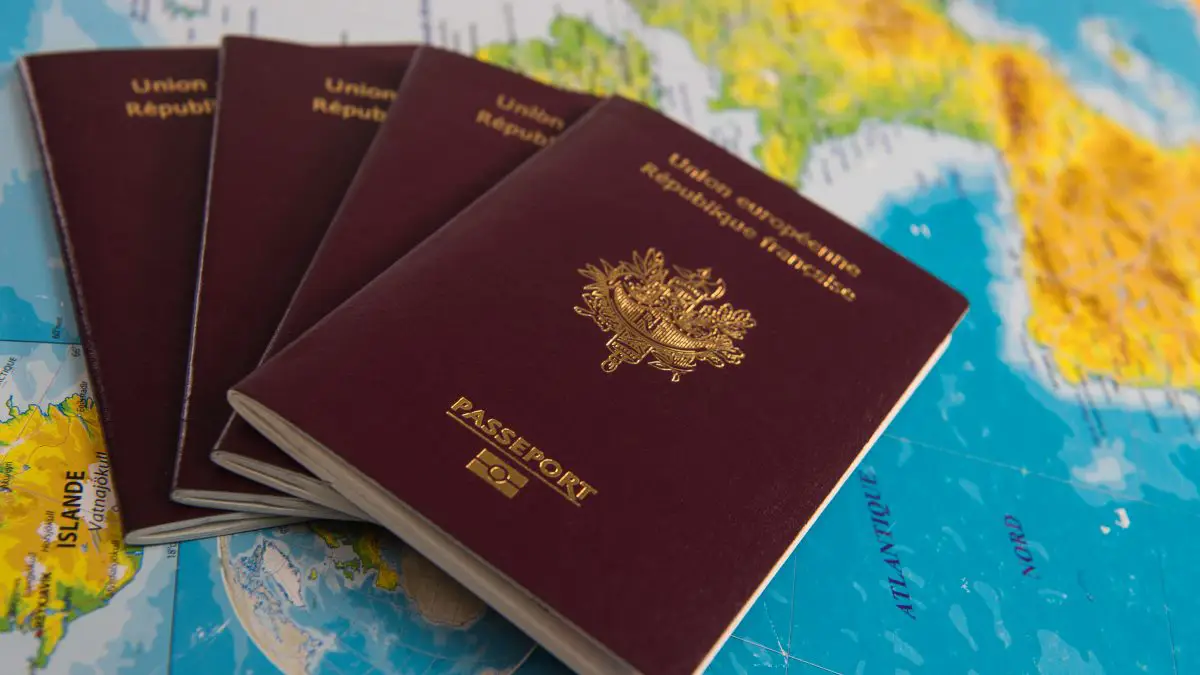
Online Visa on Arrival with Visit Our Iran
Applying for an Iran Visa on Arrival through Visit Our Iran is straightforward. You can easily apply online via Visit Our Iran’s visa page, and the fee is only 15 euros. Once you’ve submitted your application, you can expect to receive the authorization code within 1-2 days.
This authorization code enables you to obtain your tourist visa promptly upon arrival in Iran. The best part is that you’re guaranteed a 100% approval rate, giving you peace of mind for your travel plans. So, whether you’re planning a sightseeing adventure or a cultural exploration, obtaining your Iran visa through Visit Our Iran ensures a hassle-free experience.


